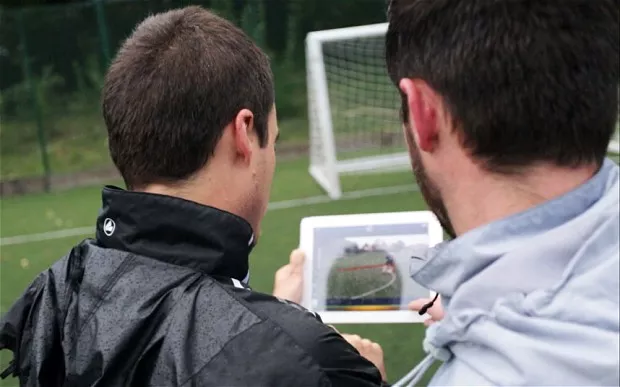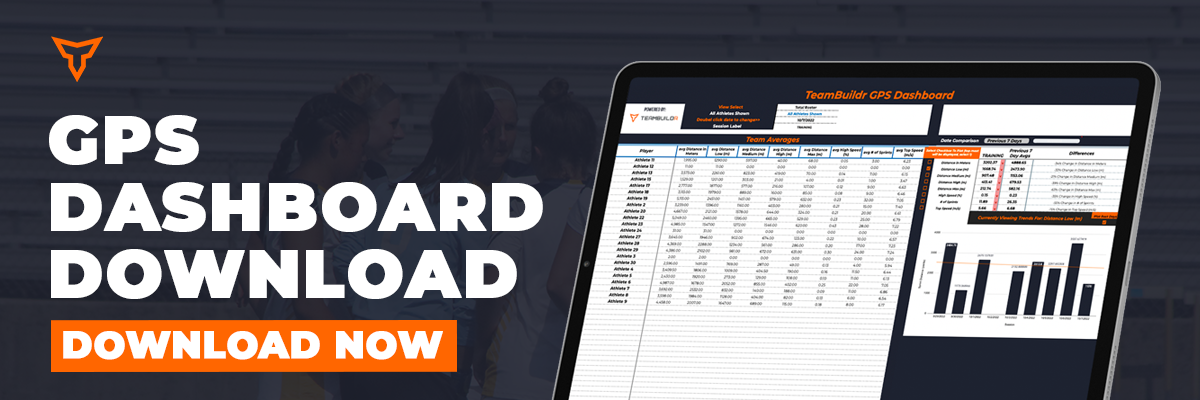Have you ever watched a sport where an athlete doesn’t move laterally from side to side?
Better yet, have you ever seen an athlete rapidly change directions without using some sort of lateral movement strategy?
My point is this: the frontal plane (lateral, side-to-side movements) is everywhere in sports. This is especially true for the common multi-directional sports (i.e., basketball, football, soccer, baseball, hockey, tennis, etc.), which include a high-volume of direction changes, speed changes and angle changes.
Let me paint a picture for you…
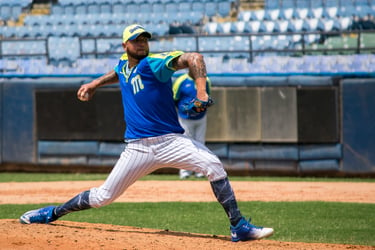
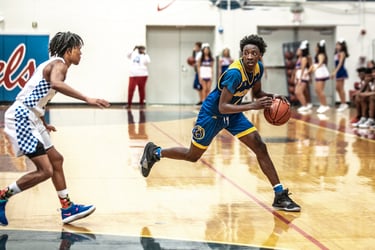
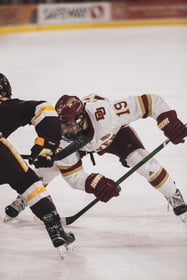
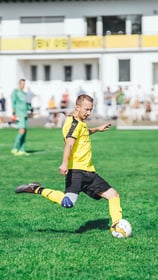

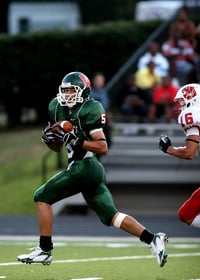
This is exactly why it’s important for Strength & Conditioning Coaches to connect the dots from the sport to the weight room.
Ask yourself this: “How is what we’re doing right now in the weight room positively impacting the athlete’s performance in their sport?”
If the sport includes frontal plane movement, it’s your job to start loading that movement plane.
Notable Athletic Movements in Sport
Stemming off of the idea that athletes, regardless of sport, always find a way to use some sort of lateral movement strategy to change directions.
If we dig a little bit deeper into this, here is what we find when it comes to common athletic movements across all sports:
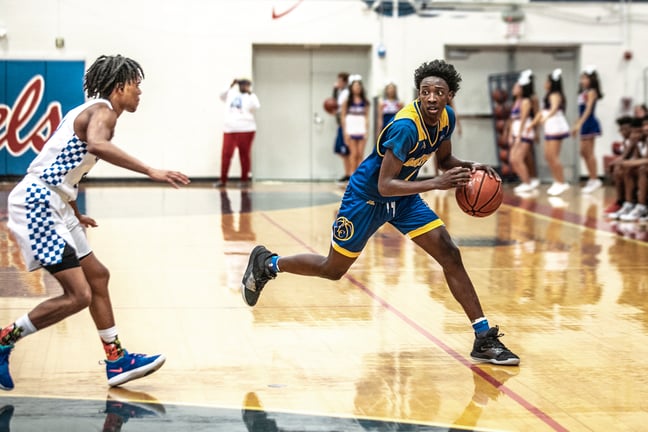
- Multi-Directional:
- Shuffling
- Defensive slides
- Turning and opening hips
- Linear:
- Curvilinear sprinting
- Angled sprinting
- Forward-to-reverse switch
In addition, this allows us to also appreciate anatomy in the groin (inner thigh) region of the lower body, which is a key player for all frontal plane movements.
We can’t neglect loading the groin (inner thigh) region in our training programs, especially when we begin to understand the implications it has upstream (hip joint) and downstream (knee joint) for long-term health and durability.
Motion: Mobility & Flexibility
When we consider motion in the groin (inner thigh) area with respect to frontal plane lower body loading, it’s important to take a closer look at hip joint mobility and groin (adductor) tissue flexibility.
The combination of mobility and flexibility in this area will allow your athletes to improve their range of motion as a starting point. Of course, you could always load heavily in full range of motion to achieve the same goal. However, I’m a fan of teaching the fundamentals of mobility and flexibility in the warm-up first and foremost, and then loading up heavy in the strength training component of a training session.
Here’s a simple approach to developing mobility in your hip joints and flexibility in your groin (adductor) muscles:
Direct Loading: Isometrics & Eccentrics
As a Strength & Conditioning profession, we’ve lost the art of individualization as it pertains to training program design.
More specifically, we’ve neglected simple, direct loading strategies to add initial strength levels to areas in need within our accessory and auxiliary training blocks.
One of the most neglected areas of the lower body is, undoubtedly, the groin (adductor) muscle group. As we’ve mentioned earlier, without strength in these muscles, we’re placing the hip joint and knee joint in a disadvantageous position from a health and durability standpoint.
Don’t be afraid to directly load the groin (adductor) muscles. Your hips and knees will thank you later. One of the easiest ways to accomplish this is through the use of isometrics and eccentrics.
Here’s a few strategies you can use for directly loading the groin (adductors):
Strength Development: Loaded Mobility & Pure Strength
Getting strong is one thing. Getting strong through a full range of motion is a completely different story.
When it comes to lower body training in the frontal plane, it’s important to consider what this means at the hips, at the knees and at the ankles.
This is why I like to consider low-level strength training exercises as “loaded mobility”. These types of exercises introduce low-to-moderate loads in an effort to help our athletes explore deeper ranges of motion.
The next step is to graduate to “pure strength” exercises, which introduce heavier loads in order to develop and improve top-end strength.
Here’s a simple approach you can take with your athletes to improve in these areas:
Power & Plyometrics: Frontal Plane & Multi-Directional
Last, but not least, it comes time to develop power in the frontal plane.
However, it’s important to firmly understand the influence that the frontal plane has in multi-directional sports.
Although the frontal plane occurs through a variety of athletic movements in sports, more often than not, it is often accompanied with a combination of movement planes to complete a movement task.
Consider a defender in basketball shuffling laterally to remain in front of the offensive player who then steals the ball, aggressively plants, cuts and pushes off with the ball in hand to sprint in the opposite direction. This movement scenario in basketball included frontal plane, sagittal plane and transverse plane strategies.
All of this to say that it’s important to develop lower body power in the frontal plane and through multi-directional patterns.
Here’s a breakdown of exercises you can use when training your athletes:
Remember, it’s your job as a Strength & Conditioning Coach to connect the dots from the sport to the weight room. Always come back to the age-old question: “How is what we’re doing right now in the weight room positively impacting the athlete’s performance in their sport?”
Lastly, and most importantly, if the sport includes frontal plane movement, start loading that movement plane.
Guest Author Bio:
Matthew S. Ibrahim is an experienced Strength & Conditioning Coach, leader, and educator with a demonstrated history and proven track record since 2007. Currently, he serves as Clinical Coordinator and Instructor of Exercise Science within the School of Sport Science at Endicott College, in addition to volunteering as a Strength & Conditioning Coach within the Athletics & Recreation Department with their NCAA Division III student-athletes. Matthew also serves as Adjunct Professor of Exercise Science at Maryville University and as the founder of Athletic Performance University (APU). Academically, he is currently dual-enrolled as a Ph.D. Candidate in Human & Sport Performance and as a M.S. student in Sport Leadership. As a public speaker, Matthew has presented nationally in over 25 U.S. states, highlighted by presentations at the National Strength & Conditioning Association (NSCA), Perform Better, EXOS inside Google Headquarters, Sports Academy (formerly Mamba Sports Academy), UFC Performance Institute, Duke University, Stanford University, Equinox, International Youth Conditioning Association, Parisi Speed School, and canfitpro, in addition to several international presentations throughout Europe. His work is featured in Exxentric, Future, HoopStudy, Muscle & Fitness, Men’s Journal, Mike Boyle’s StrengthCoach.com, NSCA Personal Training Quarterly (PTQ), Science for Sport, T-Nation, TeamBuildr, TrainHeroic, and TrueCoach. As an author, his first book through Human Kinetics on training for athletic performance will be published in 2024. Follow along on Instagram for weekly training and athletic performance content.
Subscribe to our blog
Subscribe to receive the latest blog posts to your inbox every week.
Related posts

Your Guide to Off-Season Training Part 1: Early Off-Season
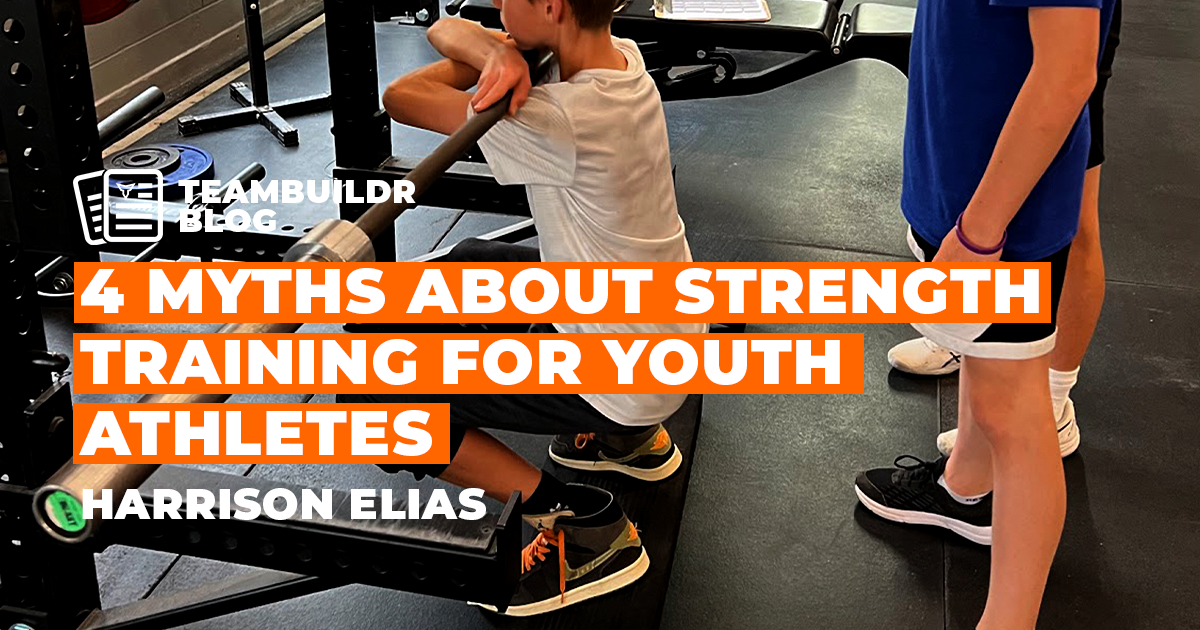
4 Myths About Strength Training for Youth Athletes
